<Mastering Poster Creation with Midjourney: A Comprehensive Guide>
Written on
Midjourney is a groundbreaking tool in the realm of AI art, particularly known for its prowess in generating visually striking posters. These posters serve as excellent mediums for marketing various events, products, or concepts. Even though Midjourney is still in its beta phase, it has already produced remarkable artworks.
As part of the generative AI category, Midjourney employs deep learning strategies to develop its unique approach to image creation and description. This complexity makes it challenging for even its creators to fully grasp its capabilities, implying that a definitive lexicon for Midjourney prompts is still evolving. We are all on a learning journey together!
In this article, I will share insights I've gathered from using Midjourney, guiding you toward achieving your ideal poster design.
# Crafting Your Midjourney Prompt
Midjourney focuses primarily on the first 60 words of your input, giving greater weight to the initial phrases. To optimize your prompts, refrain from using complete sentences; instead, structure your ideas using concise phrases separated by commas. Begin with your content type within the first few words to significantly enhance your output consistency.
Additionally, avoid full sentences and prioritize descriptive phrases.
[content type], [description - subject + adjectives], [style], [composition]
- Define the content type: Clearly specify the nature of the image, whether it's a cinematic portrait or a monochrome photograph.
- Detail your content: Provide an explicit description to minimize ambiguity; utilize precise adjectives.
- Incorporate the style: Mention a notable photographer or artistic technique to channel their distinctive style, such as referencing Ansel Adams or double exposure.
- Describe the composition: For photographic works, detail aspects like camera angle, scene setting, time of day, and specific equipment used.
- Avoid prohibited terms: Keep your imagery suitable for a general audience, steering clear of mature themes.
Expanding Your Prompt Library
350+ Midjourney Prompts
This section offers an extensive collection of over 350 adjectives, styles, and compositions to serve as future references and sources of inspiration.
250+ Midjourney Photography Prompts
Midjourney excels in crafting photorealistic visuals, dreamlike landscapes, and much more.
# Utilizing Existing Images to Enhance Midjourney Prompts
Often, you may have a clear vision of the design you want based on existing visuals. Fortunately, it is straightforward to use a reference image to guide Midjourney in achieving your desired style and layout.
To include images in your prompt, either type or paste the direct URL of the image, ensuring it ends with a file extension like .png, .gif, or .jpg. After inserting your image links, you can append any additional text or parameters to finalize your prompt.
Alternatively, upload the image to Discord using the plus sign next to your prompt, then retrieve its address.
To successfully integrate an image into your prompt:
- Place image prompts at the beginning.
- Ensure you use two images or one image alongside extra text.
- The image URL must be a direct link to the hosted file; using Discord for local operations is often quicker and more reliable.
> Pro Tip: The /blend command simplifies the image prompting process and is particularly handy for mobile users.
# Challenges with Text
Since posters often communicate messages about products, events, or concepts, you may wish to add text. Unfortunately, Midjourney struggles with typography. For textual elements, you will need to utilize graphic editors such as Canva, Gimp, or Photoshop after generating your base image with Midjourney.
To effectively construct your poster, consider layering your approach: use Midjourney for the background, then switch to your graphics editor for text insertion.
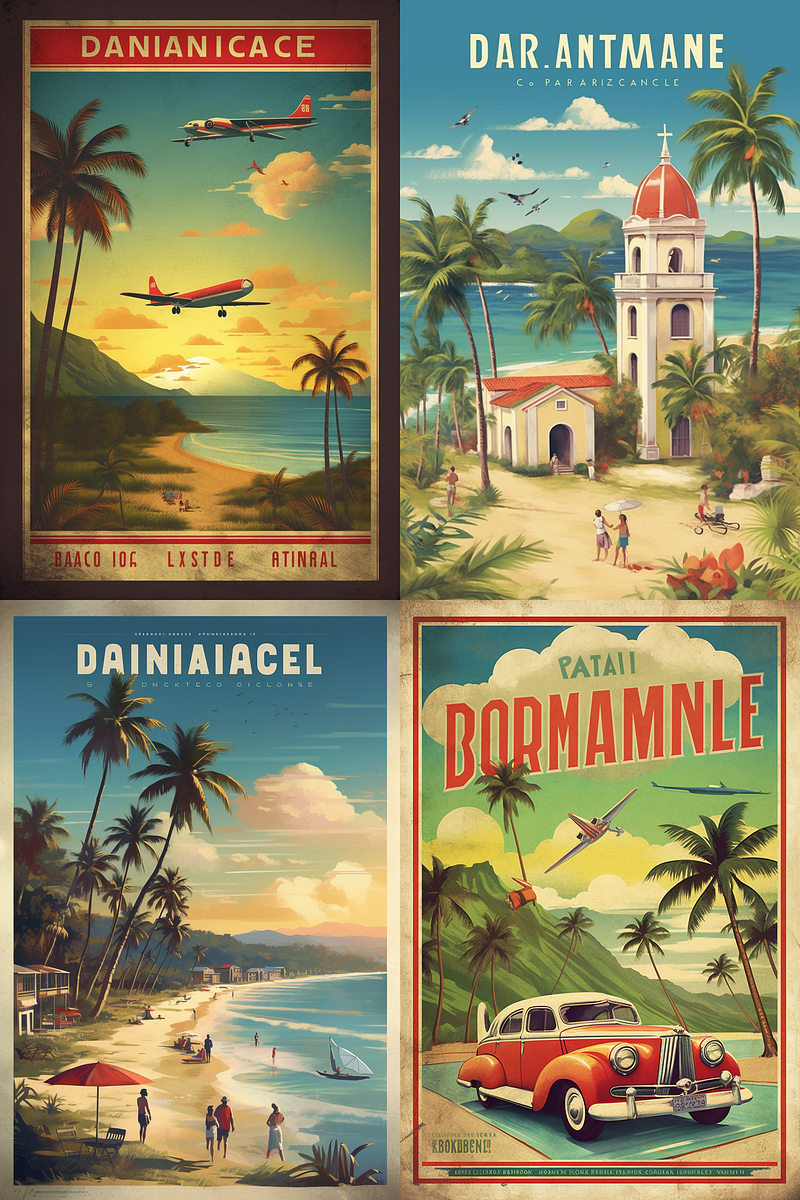
Examples of text distortion from Midjourney:
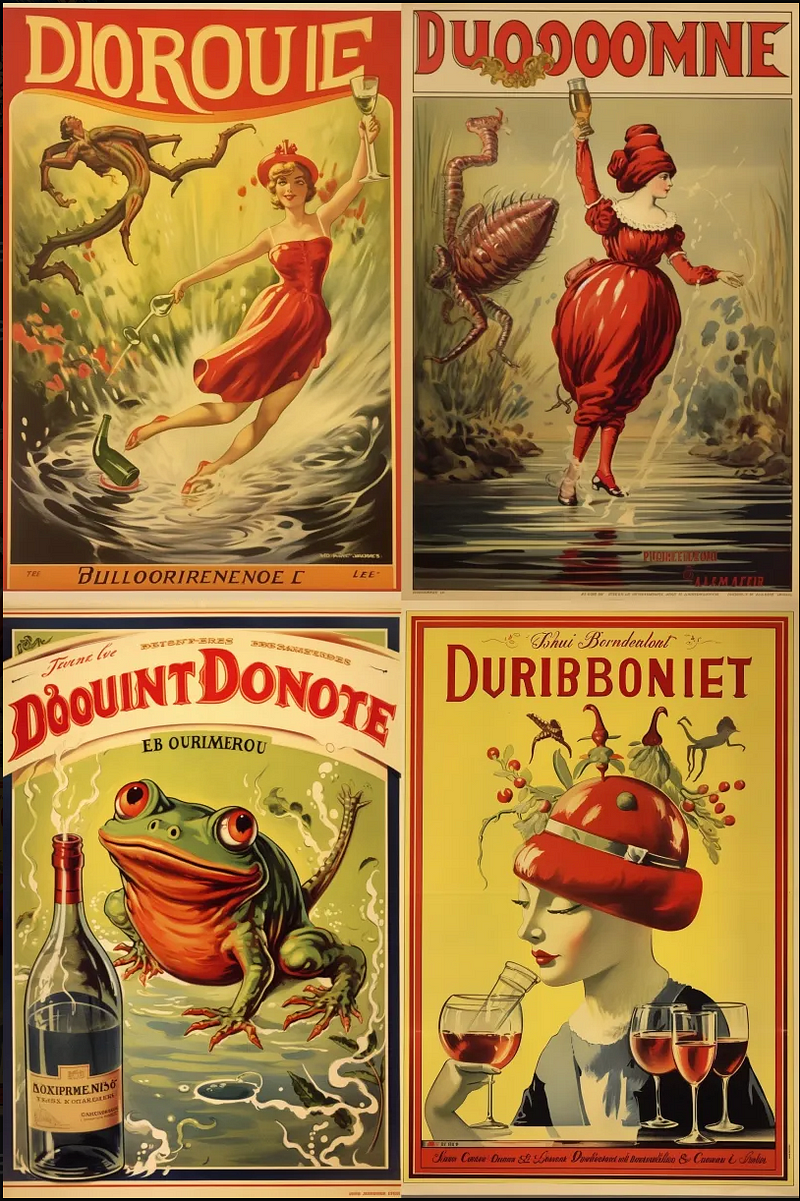
Scene Descriptors for Midjourney Posters
- Ad Posters: Crafted to promote products or services, often featuring striking visuals and compelling calls to action.
- Concert Posters: Designed to announce musical performances, typically including the artist's name, date, and venue.
- Dubonnet Posters: Vintage advertising pieces from the early 20th century, often showcasing alluring imagery and exotic themes.
- Graphic Design Poster Art: Encompasses various posters created with design principles, intended for advertising or self-expression.
- Travel Posters: Aim to entice viewers to visit specific destinations through captivating imagery.
- Political Posters: Promote political causes or candidates, characterized by bold visuals and persuasive messaging.
- Social Awareness Posters: Raise consciousness about societal issues, often using powerful imagery and thought-provoking messages.
- Educational Posters: Provide information on specific subjects, designed for easy comprehension.
- Theatrical Posters: Announce upcoming performances, detailing the title, cast, and showtimes.
- Film Posters: Generate excitement for upcoming movies through striking imagery and engaging taglines.
- Anti-War Posters: Protest against war and violence with impactful visuals and messages.
- Environmental Posters: Focus on ecological issues, encouraging action through striking imagery.
- Health Posters: Educate on health and safety matters through clear information.
Exploring Aesthetics
- Aestheticcore: Encompasses various styles like cottagecore and dark academia.
- Altcore: Features an alternative aesthetic with bold colors and eclectic styles.
- Astralcore: Ethereal aesthetics inspired by celestial themes.
- Badcore: An edgy style characterized by rebellious imagery.
- Candycore: Vibrant and playful, inspired by sweets.
- Carcore: Celebrates automotive culture with vintage aesthetics.
- Cartelcore: Influenced by themes from Mexican drug culture.
- Cutecore: Sweet and innocent designs focused on all things cute.
- Dark Academia: Inspired by traditional institutions and literature.
- Darkcore: Emphasizes macabre and horror themes.
- Discocore: Brightly colored styles inspired by the disco era.
- Emocore: Reflects emotions and alternative music culture.
- Fairycore: Whimsical designs inspired by folklore.
- Flowercore: Nature-themed aesthetics featuring floral patterns.
- Frogcore: Celebrates amphibian life through green and earthy tones.
Noteworthy Poster Artists in AI Art
Alphonse Mucha
Known for his Art Nouveau posters, Mucha's flowing lines and rich colors have made a lasting impact. (1860–1939)
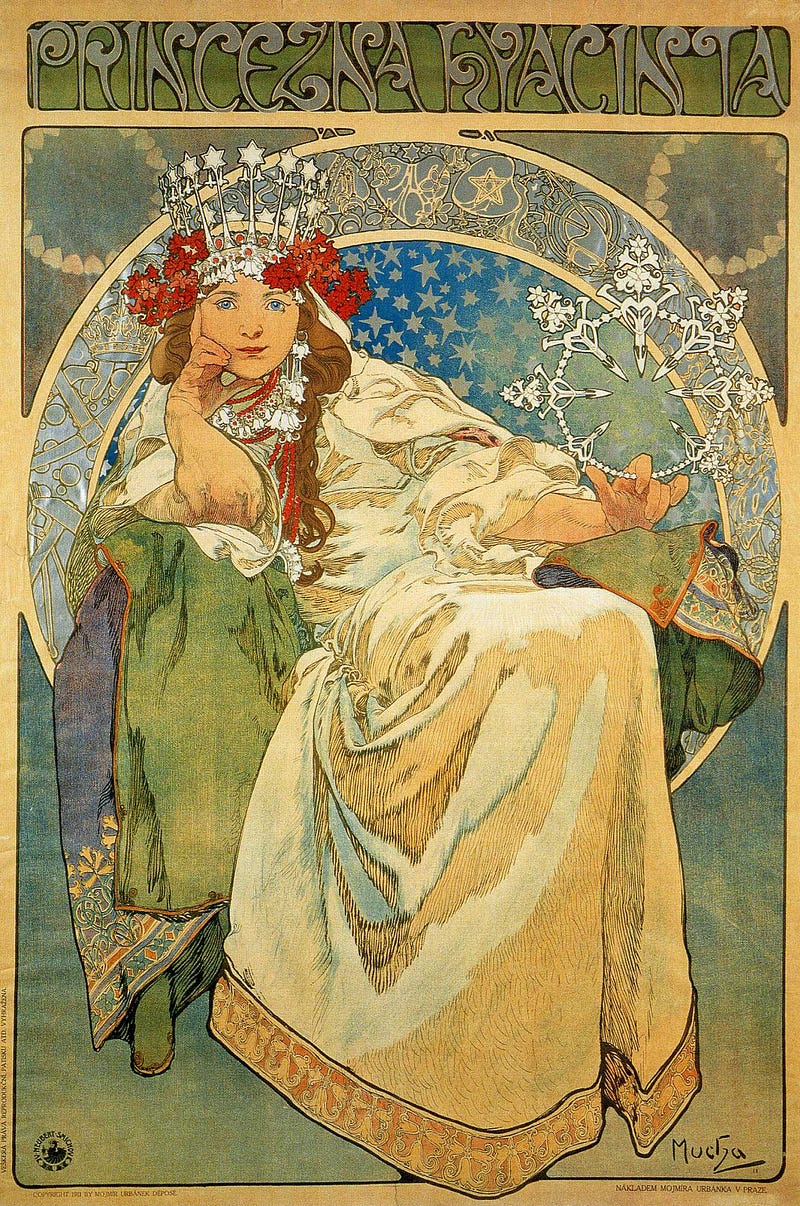
Henri de Toulouse-Lautrec
Famed for his vibrant depictions of Parisian nightlife, his posters encapsulate the Belle Époque. (1864–1901)
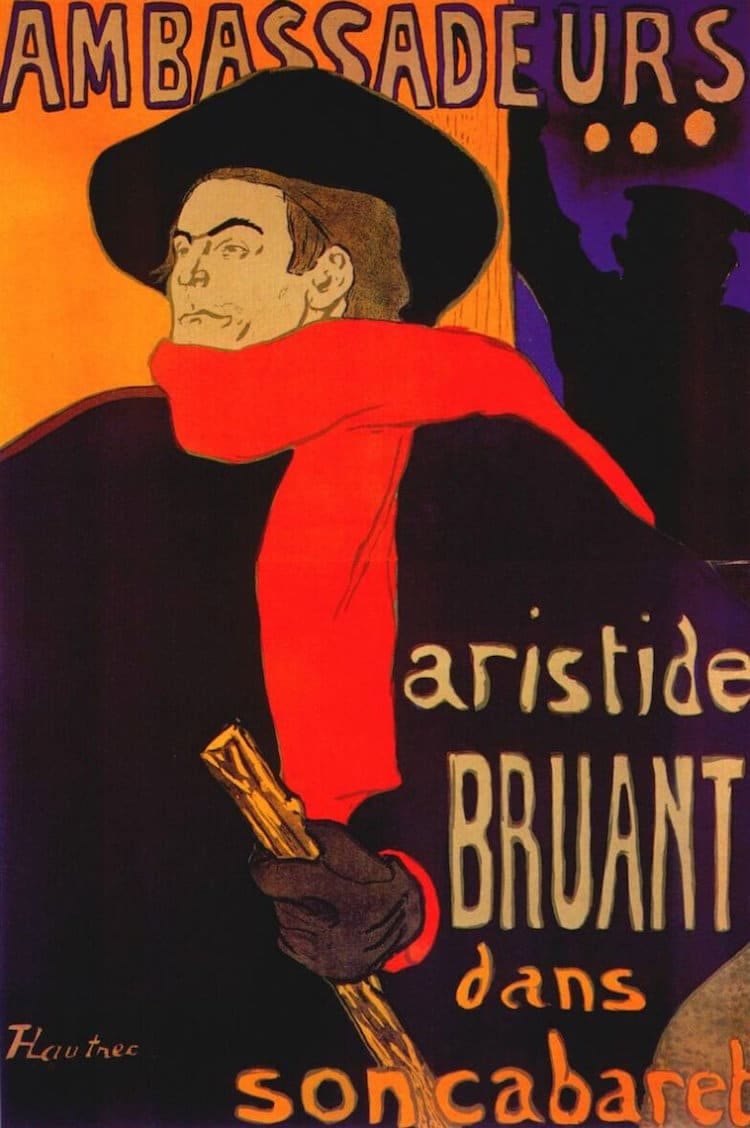
Jules Chéret
Recognized as the father of the modern poster, Chéret's bright colors and elegant typography set a standard. (1836–1932)
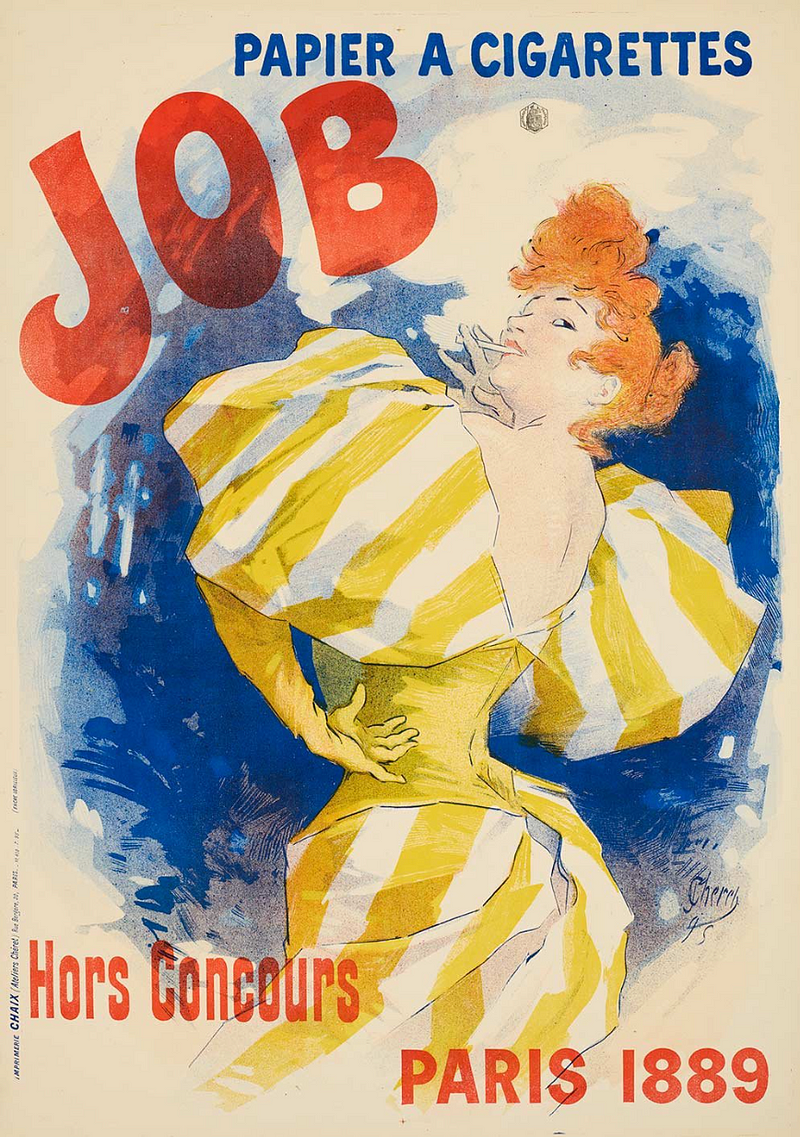
Käthe Kollwitz
Her poignant art addresses social issues, capturing the essence of human resilience. (1867–1945)
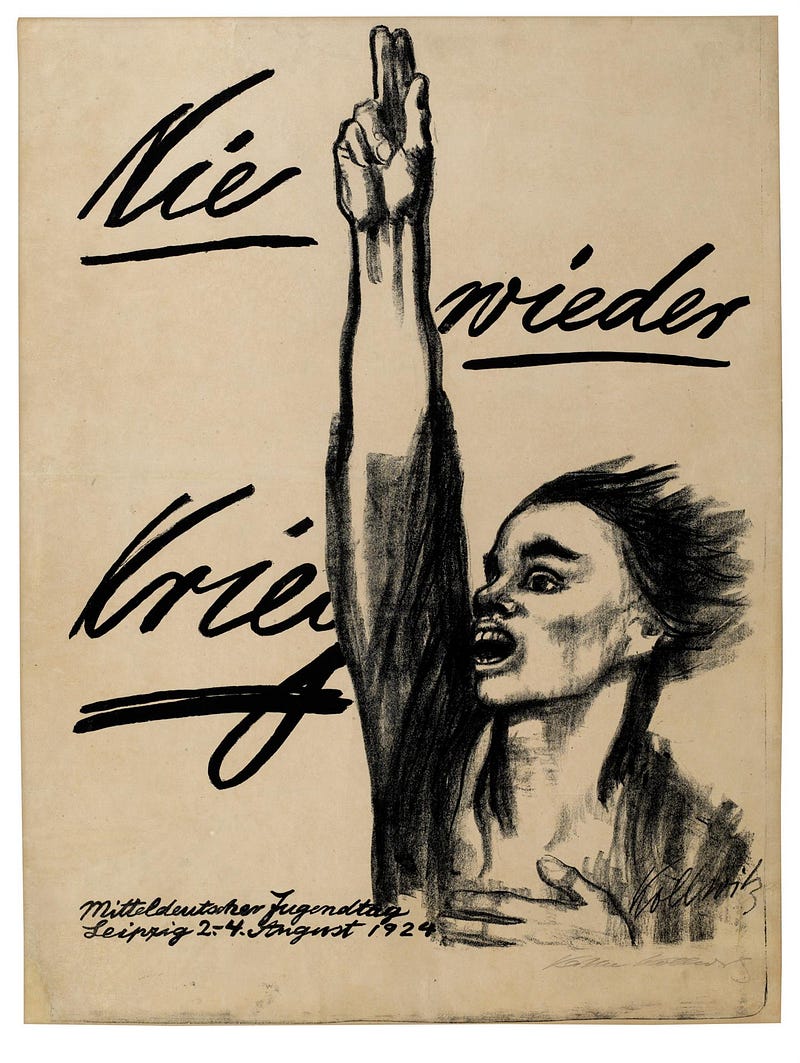
Leonetto Cappiello
An advertising poster pioneer, Cappiello's dynamic compositions and bold colors are iconic. (1875–1942)
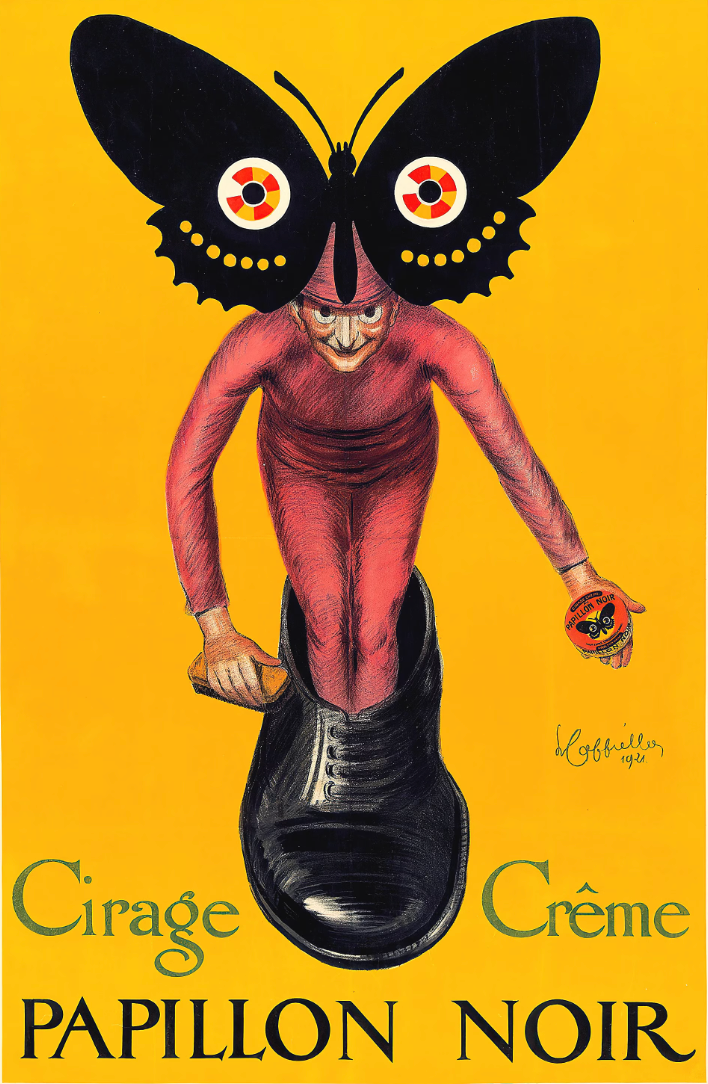
A.M. Cassandre
Cassandre's Art Deco posters are characterized by geometric designs and elegant typography. (1901–1968)
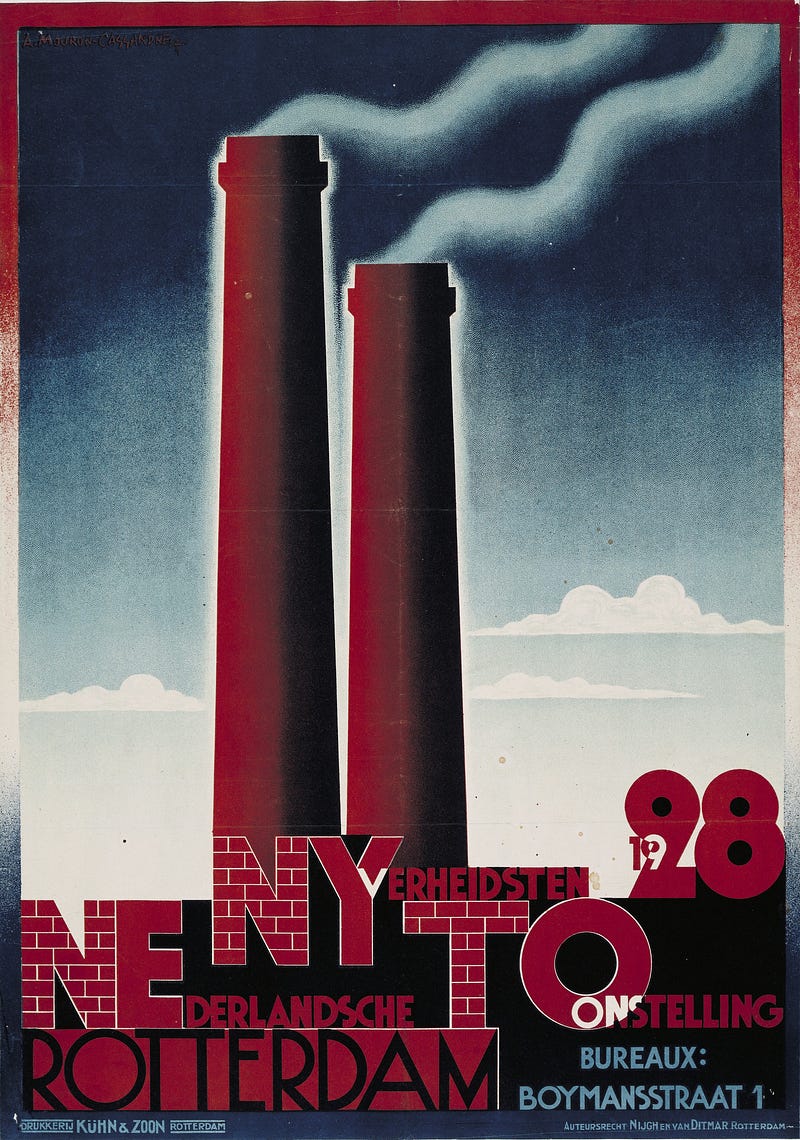
Paul Colin
His vibrant posters for the Ballets Russes popularized the art form and captured the essence of performance. (1892–1985)
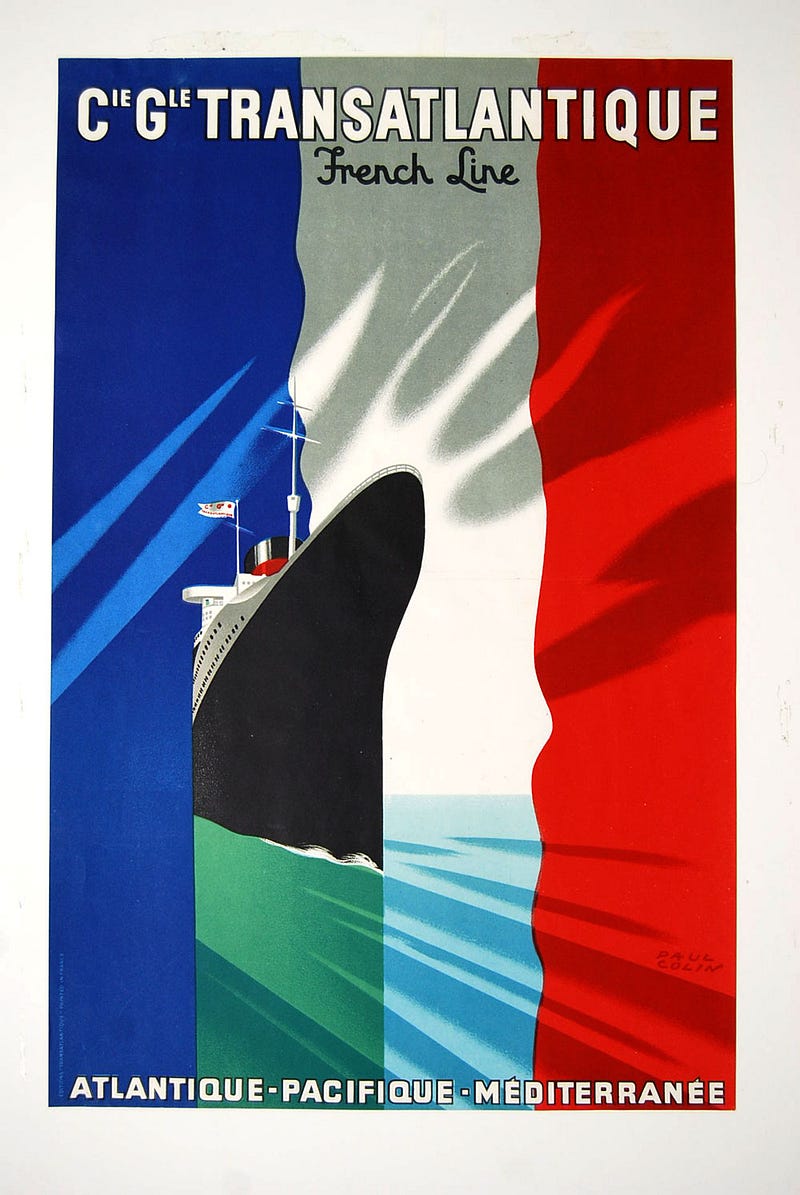
James Montgomery Flagg
Best known for his Uncle Sam recruitment poster, Flagg's work is iconic in American history. (1877–1960)
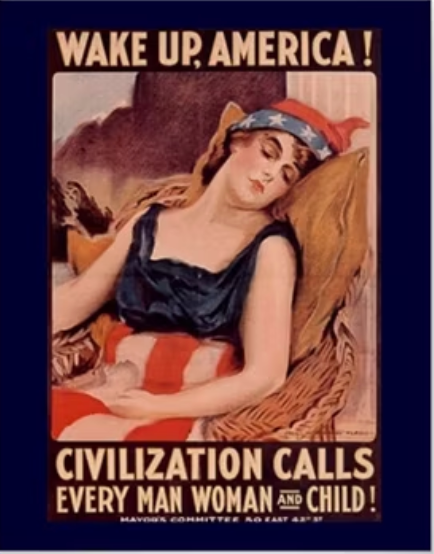
Shepard Fairey
Emerging from the skate scene, Fairey is celebrated for his bold graphic style and activism. (1970–)
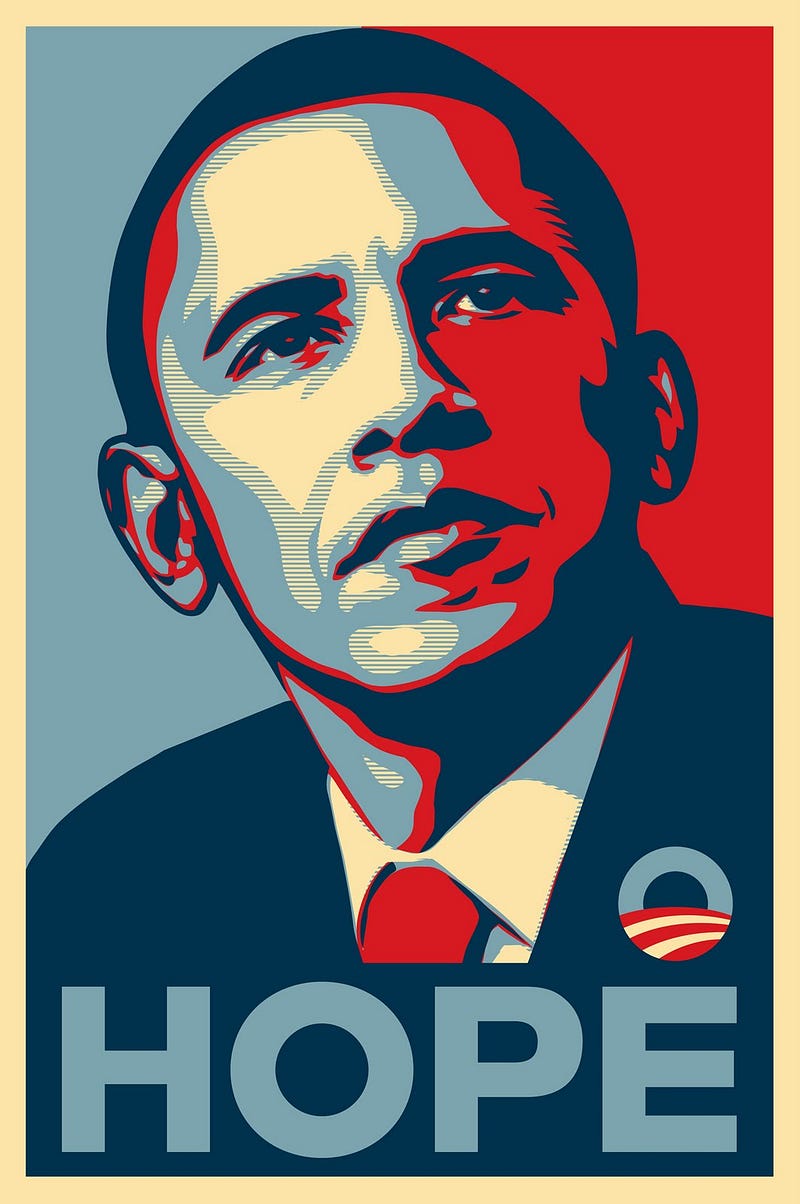
Drew Struzan
Struzan is renowned for his cinematic posters, including those for major film franchises. (1947—)
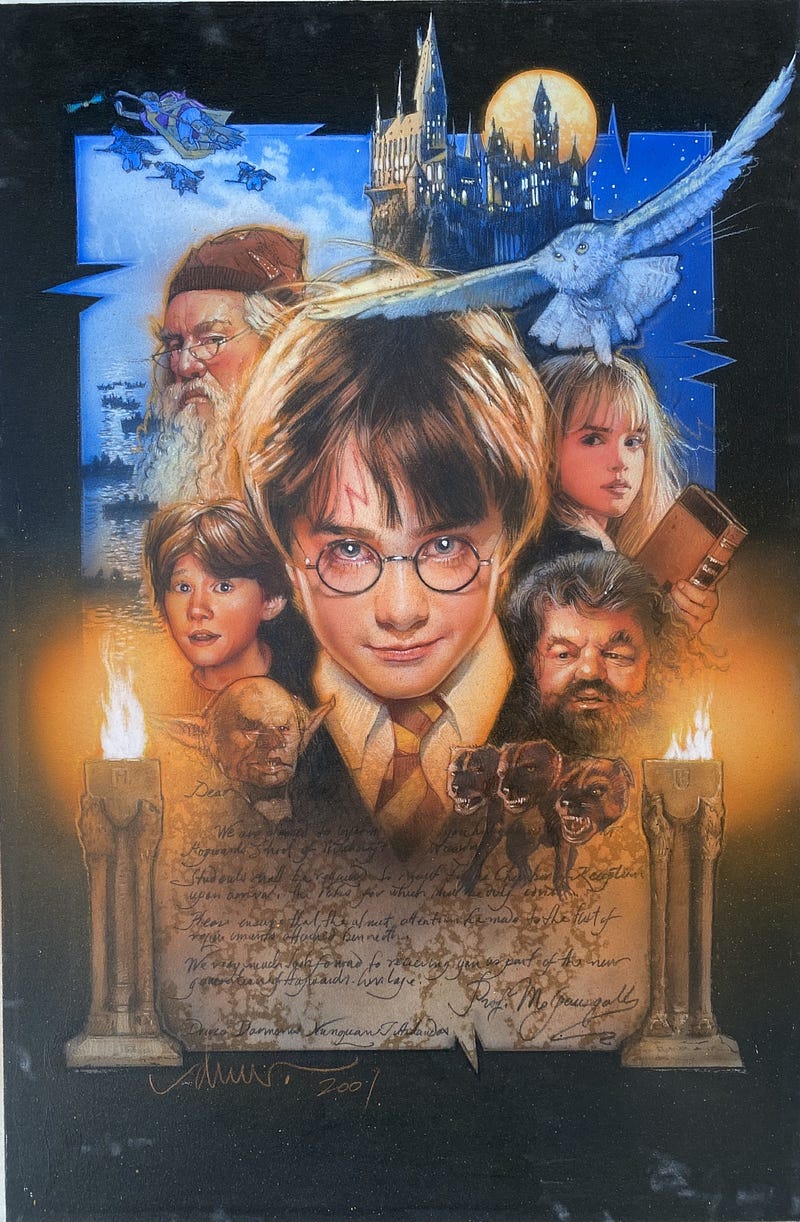
Other Notable Artists
This section highlights numerous other influential poster artists who have made significant contributions to the field.
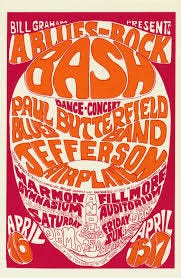
That's all for now—thank you for reading!
If you enjoyed this content, consider becoming a Medium member for unlimited access to similar articles. Your support helps me continue writing.